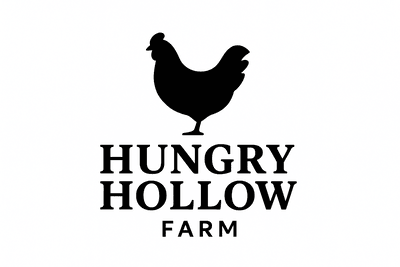A Brief History of Hungry Hollow
By Grant Jones
Prior to Colonial Settlement
These lands were home to the Squaxin Island Tribe, the native "People of the Water" who lived and prospered along the shores of the southernmost inlets of the Salish Sea for many thousands of years.
In 1854, over 2.5 million acres were taken by the United States from the Squaxin Island, Nisqually, and Puyallup Tribes in the Treaty of Medicine Creek, including the land where Hungry Hollow now sits.1
The Early Days of Farming the Hollow (1888 - 1940)
In 1888, my great grandfather Jacob Edmund Jones left Kansas in search of a place to farm and raise a family, and he found it at Hungry Hollow. Surviving those first few winters eating beans and potatoes, he was literally hungry. But his hard work and persistence paid off, and Hungry Hollow became a successful "truck farm" during the 1920's and 30's, producing vegetables, berries, and grapes and delivering them throughout the South Puget Sound region.

Still Farming (1940 - 2017)
The farm transitioned to a small-scale livestock operation in the 1940's. It was managed by my grandfather Alfred for many years, and later by my Uncle Fred, who lives on the farm and manages forest operations. My parents also lived on the farm and grew strawberries, raspberries, pumpkins, and Christmas trees in the 1980's.


In 2017 I left Seattle and returned to live in the old farmhouse. I purchased the remaining cows from my Uncle and began raising chickens for both eggs and meat, pigs, and a few honey bees.

In January, 2018, HungryHollowFarm.com was launched with the mission of providing Western Washington with a convenient, local, and pasture-based alternative to factory-farms.
Our vision is a space where animals spend their lives in species-appropriate ecological contexts, and where humans can visit to gain a deeper appreciation for the landscapes and lives that makes our own lives possible.
I hope you'll join me for this next chapter in the Hungry Hollow story!
References
